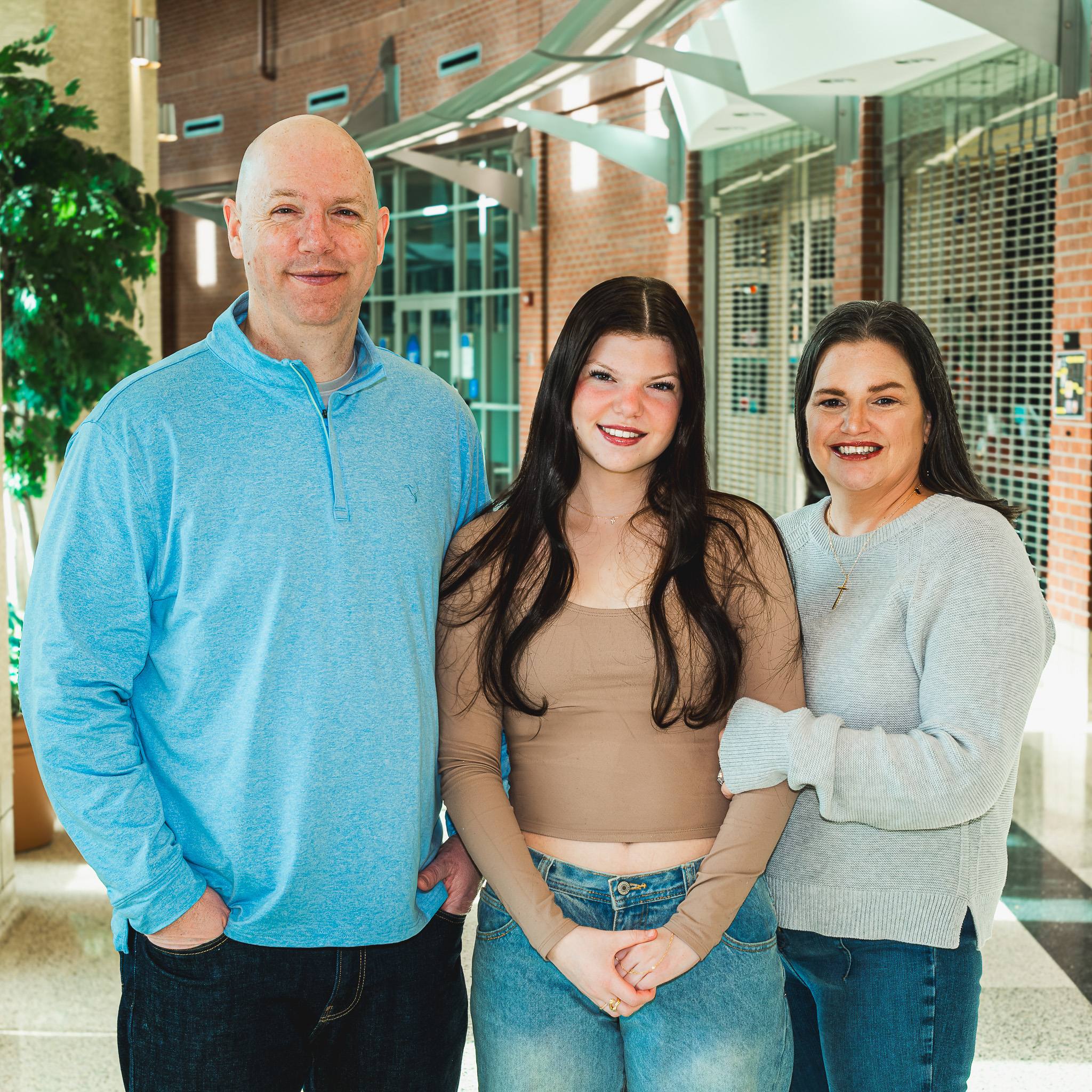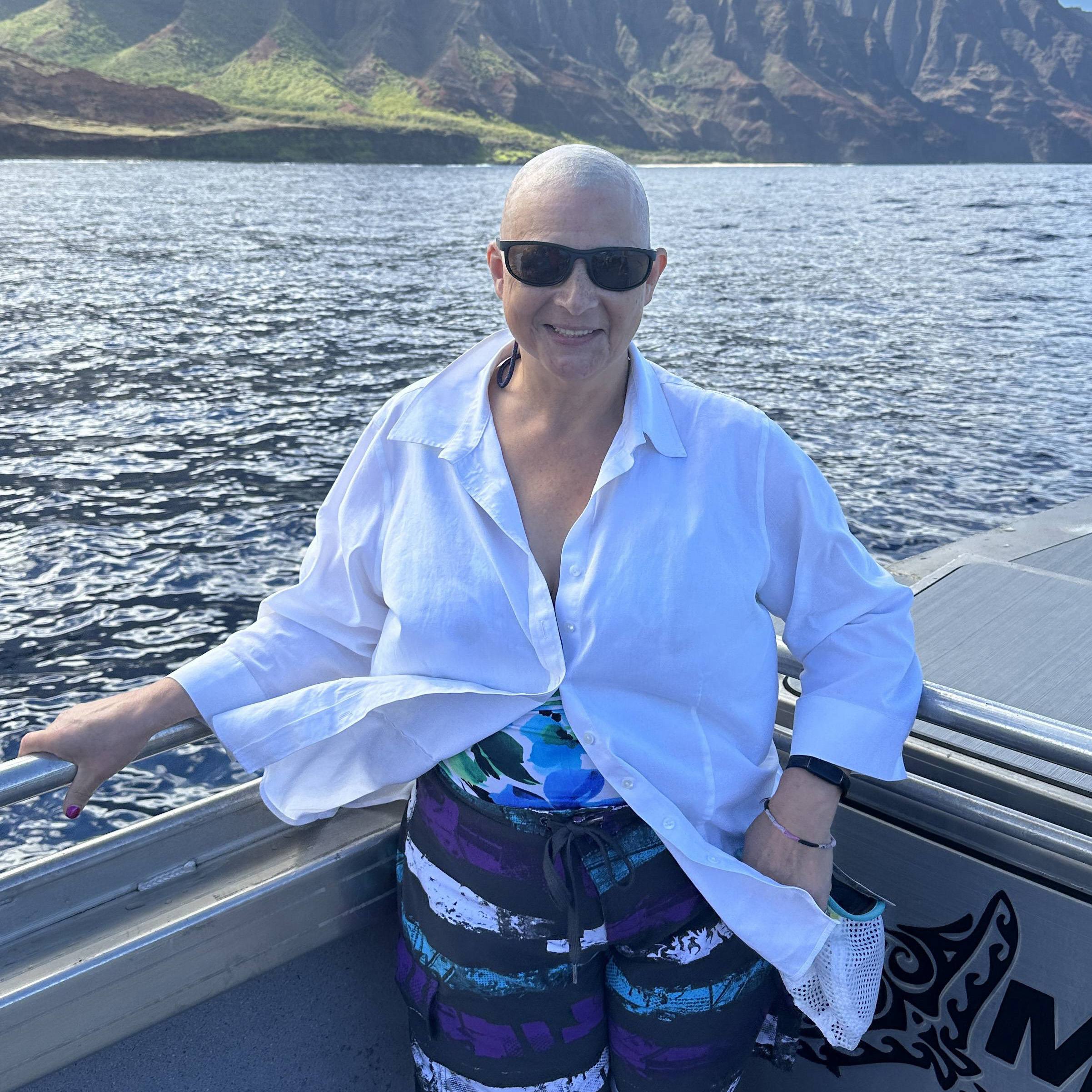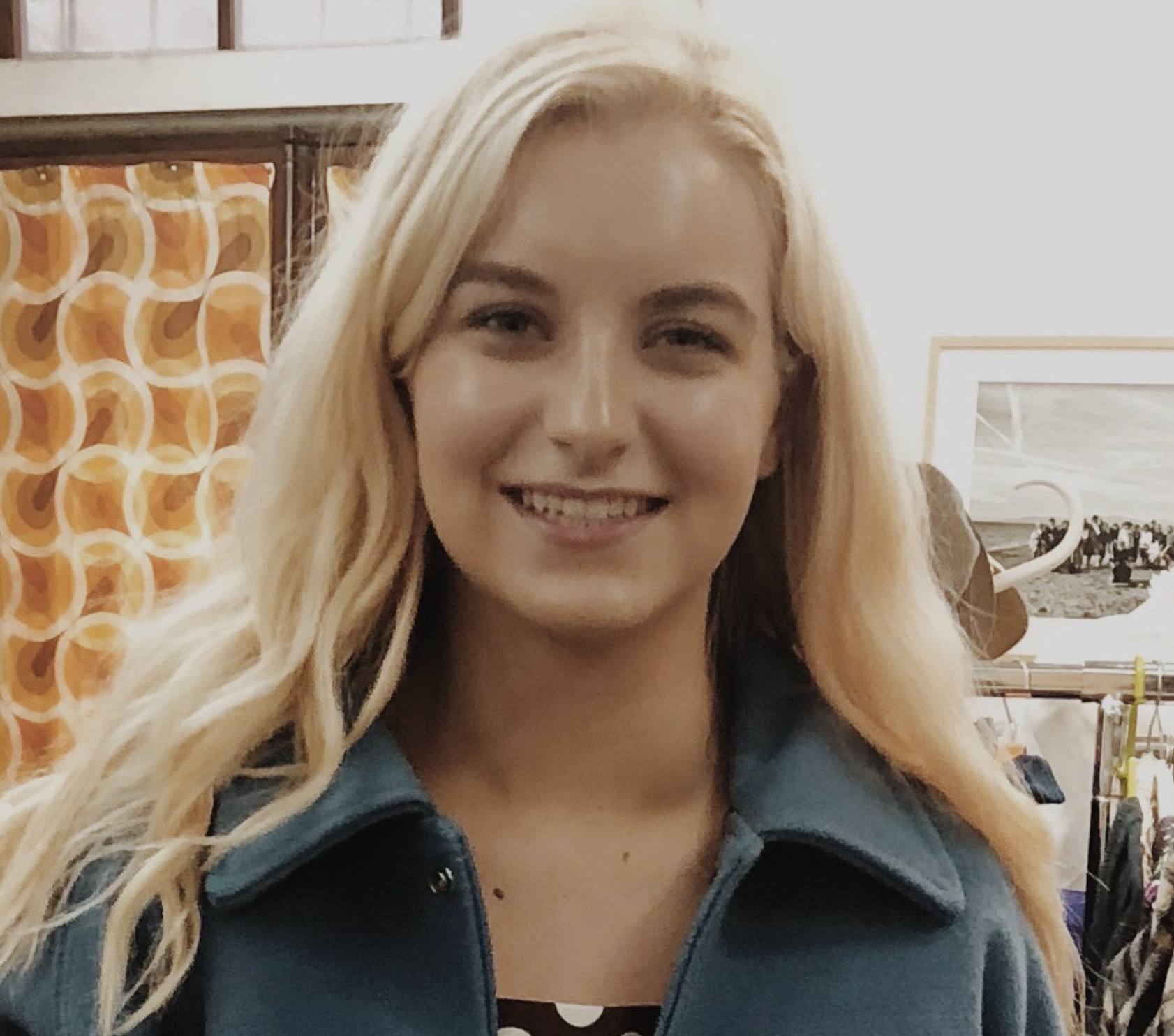
Diagnosed with non-Hodgkin's lymphoma, 4-year-old Nathan Herber's health spiraled downward when he was overcome by life-threatening treatment complications. A team of pediatric specialists at Mayo Clinic came to Nathan's aid. And in the end, they restored the boy's health while putting his cancer in remission.
Though he may not share all of Super Mario's jumping powers, Nathan Herber is known as Mario throughout the Pediatric Intensive Care Unit and Pediatric Oncology at Mayo Clinic Children's Center. And like Super Mario, Nathan is nothing short of extraordinary.
"He is my little rainbow and spreads smiles and cheer. He's a fighter, and he's so resilient," his mother, Becky, says of her 4-year-old son.
Nathan's path to the Pediatric ICU began in September 2018, when a persistent, wheezy cough prompted his parents to request a same-day medical appointment for their son at Mayo Family Clinic Kasson in Kasson, Minnesota. When a doctor found an enlarged lymph node above Nathan's collarbone, his father, Andy, a physician assistant at Mayo, requested that Nathan receive a chest X-ray. Three hours later, a doctor called the Herbers to tell them the X-ray revealed a large mass in Nathan's chest.
"My wife and I were devastated. We held him all night crying," Andy says. "It was the worst night of my life."
The next day, Andy contacted Vilmarie Rodriguez, M.D., a Mayo Clinic pediatric hematologist-oncologist, to review Nathan's X-ray. Within 15 minutes, Andy received a phone call from Dr. Rodriguez asking him to bring Nathan to the Emergency Department. After bloodwork, a CT scan, a bone marrow biopsy and a spinal tap, the Herbers received the shocking diagnosis: Nathan had T-cell non-Hodgkin's lymphoma.
Nathan was admitted to the hospital, and he started chemotherapy four days later while he was still hospitalized. When Nathan was able to return home, he took oral chemotherapy, as well as short infusions of the treatment at home. He also required weekly chemotherapy infusions at Mayo Clinic for four weeks. Throughout his treatments, Nathan played Super Mario to keep from focusing on his illness and the medicines he was taking.
Frightening decline
Nathan's immune system became so weakened from the chemotherapy that he developed complications and had to be hospitalized several times in November and December 2018. When he came home for Christmas, Nathan could barely open his presents. Then, a second phase of chemotherapy triggered nausea, vomiting and loss of appetite that led to weight loss.
"He was continuing to lose weight and was starting to really go down," Andy says. "He was about to have the last dose of chemo and could barely stand up when we took him to the ER on Jan. 7, 2019."
Nathan was dehydrated, and his blood count was low. He received a blood transfusion and his last chemotherapy infusion, and he was admitted to the hospital. Shortly after, he developed a respiratory syncytial virus, or RSV, infection in his lungs and respiratory tract, as well as a chronic norovirus infection.
"He looked at me and asked, 'Will you snuggle with me?' That was the last thing he said before going into respiratory failure."
Becky Herber
At one point, while lying in bed after days of a high fever, breathing difficulties, coughing and vomiting, Nathan looked at Becky and said, "Mom, nothing in my body works." Soon after, Nathan developed RSV pneumonia and was transferred to the Pediatric ICU.
"He looked at me and asked, 'Will you snuggle with me?' That was the last thing he said before going into respiratory failure," Becky recalls.
The situation was dire. Nathan had to have a breathing tube placed. Despite the help of a ventilator, his body couldn't maintain oxygen saturation in his blood. Due to the chemotherapy, he had no white blood cells to fight the infections. He also required the placement of a nasogastric feeding tube, so his body could get the nutrition it needed.
Innovative treatment
W. Charles Huskins, M.D., a pediatric infectious diseases specialist, was in Nathan's room every day, working to find treatments that could fight the little boy's RSV infection, which continued to worsen.
"We were trying to identify any new treatments, even ones that were experimental, that would help Nathan," Dr. Huskins says. "I contacted a colleague who has done extensive research on treatments for RSV to see if he had any suggestions. Unfortunately, he confirmed that there were no new antiviral medications that were available for Nathan, but suggested an investigational immunoglobulin product that might be helpful."
Dr. Huskins contacted the pharmaceutical company developing the medication. He also requested and received approval from Mayo Clinic's Institutional Review Board to use the medication for Nathan. Dr. Huskins then submitted a single-use investigational new drug application to the Food and Drug Administration (FDA) to allow the pharmaceutical company to ship the medication to Mayo Clinic, so it could be administered to Nathan.
"The whole process — from the initial inquiry to the pharmaceutical company to the FDA's approval — was accomplished in about six hours. Many people chipped into make the approval process so speedy," Dr. Huskins says. "We received the product the next day."
Nathan's parents carefully weighed the potential benefits and risks. "We were at the point where Nathan had nothing to lose," Becky says. "But it was scary having to make that call since he'd had a bad reaction after a blood transfusion."
Ultimately, Becky and Andy agreed to the treatment. "Our fear was giving him the medication could kill him, and not giving him the medication could kill him. Nonetheless, we decided to move forward," Becky says. "When it arrived, I stood at the head of his bed, which was the only place I could really access my son due to the many lines, wires and tubes around him. I kissed his head and held onto him as they infused the medication. The minutes seemed like hours."
"It was a constant battle to save him. But we were able to provide that supporting strength to the family and work with the other members of the team across the different specialties to give Nathan the best possible care."
Vilmarie Rodriguez, M.D.
Nathan also received a medicine to jump-start production of his bone marrow in hopes that his body would recognize and target the infection. The team told the Herbers that when Nathan's immune system reactivated, there was a good chance he would get sicker before he got better. And that's what happened.
Despite being on a maximum ventilator support, Nathan's lungs continued to fail, and he required extracorporeal membrane oxygenation, or ECMO. With ECMO, a device takes over the work of the lungs, or the lungs and heart. When blood is removed from the body, it passes through a special membrane in the ECMO machine that removes carbon dioxide and adds oxygen to the blood. Then the newly oxygenated blood is returned to the body.
Devon Aganga, M.D., a pediatric critical care specialist, made the decision to place Nathan on lung bypass ECMO. Andy and Becky say Jessica Mc Nallan, a pediatric ICU nurse, was instrumental that night. "Jessica had preemptively placed orders in preparation for Nathan potentially needing ECMO, which streamlined the process when minutes mattered," Becky says. "Her forward thinking and planning helped to save him."
Nathan's parents credit his care team's expertise for getting him through that frightening time. "We were sobbing. We definitely thought that was the end," Andy says. "There's no doubt in my mind their wealth of knowledge and experience in an otherwise dire situation got Nathan safely to the OR and hooked up to ECMO seamlessly. Those guys were amazing. Jessica and Dr. Aganga would not leave his side until he was safely transported and stable."
"It was a constant battle to save him," Dr. Rodriguez says. "But we were able to provide that supporting strength to the family and work with the other members of the team across the different specialties to give Nathan the best possible care."
Glimmers of hope
Nathan's lungs needed time to heal from the severe damage caused by RSV pneumonia and acute respiratory distress. He remained on lung bypass ECMO throughout February, primarily under the care of anesthesiologists Stephen Gleich, M.D. and Gregory Schears, M.D.
Knowing how much Nathan loved Super Mario, the ECMO nurses decorated his room with Mario Brothers characters that were drawn and colored by hand. "Everybody was on Team Nathan. Any one of the dozens of people that touched his case was doing everything in his or her power to make sure he made it to the other side," Becky says.
For her part, Becky maintained a vigil at Nathan's bedside throughout his hospital stay. "I needed him to know that his mom was there," she says. "I needed to instill him with hope and strength to keep fighting."
To provide some sense of normalcy while he was unconscious, Becky read books to Nathan, sang to him and played music. She received help from specialists in the Mayo Clinic Children's Center Child Life Program. Music therapists from the program would come into Nathan's room and play his favorite songs.
"When they played the guitar while he was unconscious, we could see his heart rate and blood pressure go down," Becky says. "To see little tiny moments and glimmers of hope that some of the things we were doing were helping was so reassuring."
In mid-February, Nathan got a tracheostomy, a surgically created hole through the front of the neck and into the windpipe, or trachea, that provides an air passage to help with breathing. Although he remained somewhat stable while continuing on lung bypass ECMO, CT scans revealed that he still had air leaks in his lungs that were only being prolonged by the pressure created by the ventilator to keep his lungs open and functioning.
During a care conference with the team of doctors overseeing his treatment, the Herbers learned there was a possibility that the air leaks would never heal, and it was possible they could take Nathan's life.
Road to recovery
As weeks went by, however, Nathan's condition began to change. His care team was able to lower his sedation and ventilator settings. His lungs started to improve. On Feb. 28, he was removed from ECMO. "He was sitting up playing video games," Andy says. "It was amazing."

Nathan continued to improve. In April, after 86 days in the hospital, he was discharged. And although he had battled through a host of severe medical concerns during his stay, cancer wasn't one of them. His non-Hodgkin's lymphoma remained in remission throughout his hospitalization.
"I have been working at Mayo for 19 years, and Nathan is one of the many miracles I have seen," Dr. Rodriguez says. "Our patients' successes are the result of Mayo's unique collaboration among all medical disciplines and the trust our families place in their care team."
Today, Nathan is in the maintenance phase of chemotherapy, which will continue for two years, and his cancer remains in remission. He now weighs nearly 50 pounds — seven more than when he was diagnosed — and his health is improving daily. He's enjoying plenty of activity again, including jumping, running and playing on the backyard waterslide with his brothers.
"I think one of the things we can appreciate more than the average person is the comprehensive care Mayo provides and how physicians collaborate on a case."
Becky Herber
Becky and Andy know that the teamwork-based nature of care Nathan received at Mayo Clinic played a large role in his outcome. "I think one of the things we can appreciate more than the average person is the comprehensive care Mayo provides and how physicians collaborate on a case," Becky says. "And continuity of care is also crucial, especially for patients in critical care. I think Nathan achieved this outcome in part because we were there around the clock advocating for him."
Dr. Rodriguez agrees that collaboration between family and caregivers was key. "Nathan's parents were always holding onto hope, and that's what we try to give our families," Dr. Rodriguez says. "They see us as a pillar of strength and support to keep them going on that difficult journey."
HELPFUL LINKS
- Learn more about non-Hodgkin's lymphoma.
- Read about Pediatric Hematology/Oncology and Pediatric Infectious Diseases.
- Explore Mayo Clinic Children's Center.
- Connect with others talking about cancer on Mayo Clinic Connect.
- Request an appointment.







